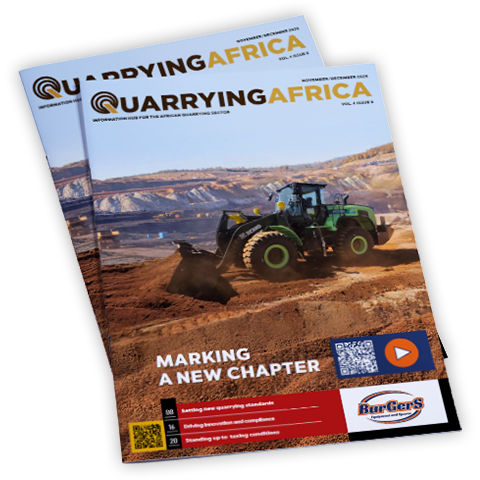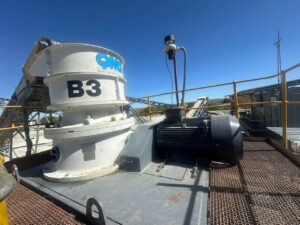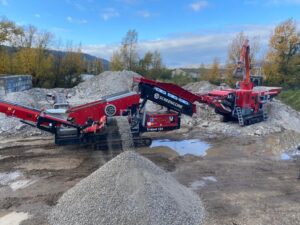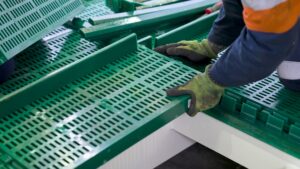Weba Chute Systems leads the industry with custom-engineered transfer point solutions that optimise material flow and minimise wear, significantly reducing downtime and maintenance costs. As the sector evolves, their innovative designs continue to set new standards in safety and operational efficiency.
Mark Baller, CEO of Weba Chute Systems, explains that this design philosophy pioneered by his father, the late Werner Baller, minimises wear and tear on both the chutes and downstream conveyor systems, significantly lowering downtime and maintenance costs.
Reducing material spillage is a challenge that has driven innovation in transfer point technology. Spillage not only results in material loss but also increases maintenance and poses safety risks.
“We also incorporated advanced dust and spillage control features into our designs, and specifically the controlled flow achieved by Weba chutes reduces turbulence and material scatter help to contain dust and minimise environmental and health risks,” he says.
Safety is another critical area where Weba Chute Systems excels, with chute designs that provide easy access for maintenance and robust safety barriers to protect workers. The integration of new technologies, such as sensors and remote monitoring systems, enables real-time data collection on chute performance, allowing operators to anticipate maintenance needs and avoid unexpected downtime.
Baller explains that the use of advanced computational fluid dynamics (CFD) modelling, something which the company has been doing for many years, allows the company’s engineers to simulate and analyse material flow at transfer points with great precision.
“By understanding how materials behave as they pass through these junctures, our engineers can identify potential problem areas, such as blockages or high wear zones, and adjust the design to ensure a smoother, more controlled flow. This approach helps to reduce impact and abrasion, extending the lifespan of the equipment and minimising maintenance requirements,” Baller continues.
Material choice is also a critical factor, with a growing emphasis on wear resistant materials that can withstand the harsh conditions typical of bulk material handling environments. High quality abrasion resistant steel, ceramic liners and composite materials are increasingly being used to line chutes and other components exposed to high impact or abrasive materials. These materials not only enhance the durability of the equipment but also reduce downtime due to less frequent repairs or replacements.
As the demand for more efficient, durable and safe transfer point solutions continues to grow, companies like Weba Chute Systems are well-positioned to meet these evolving requirements. By continuing to set new standards for performance and longevity, Weba Chute Systems are ensuring that material handling operations run smoothly and efficiently, maximising productivity and reducing costs for bulk materials handling operations.






